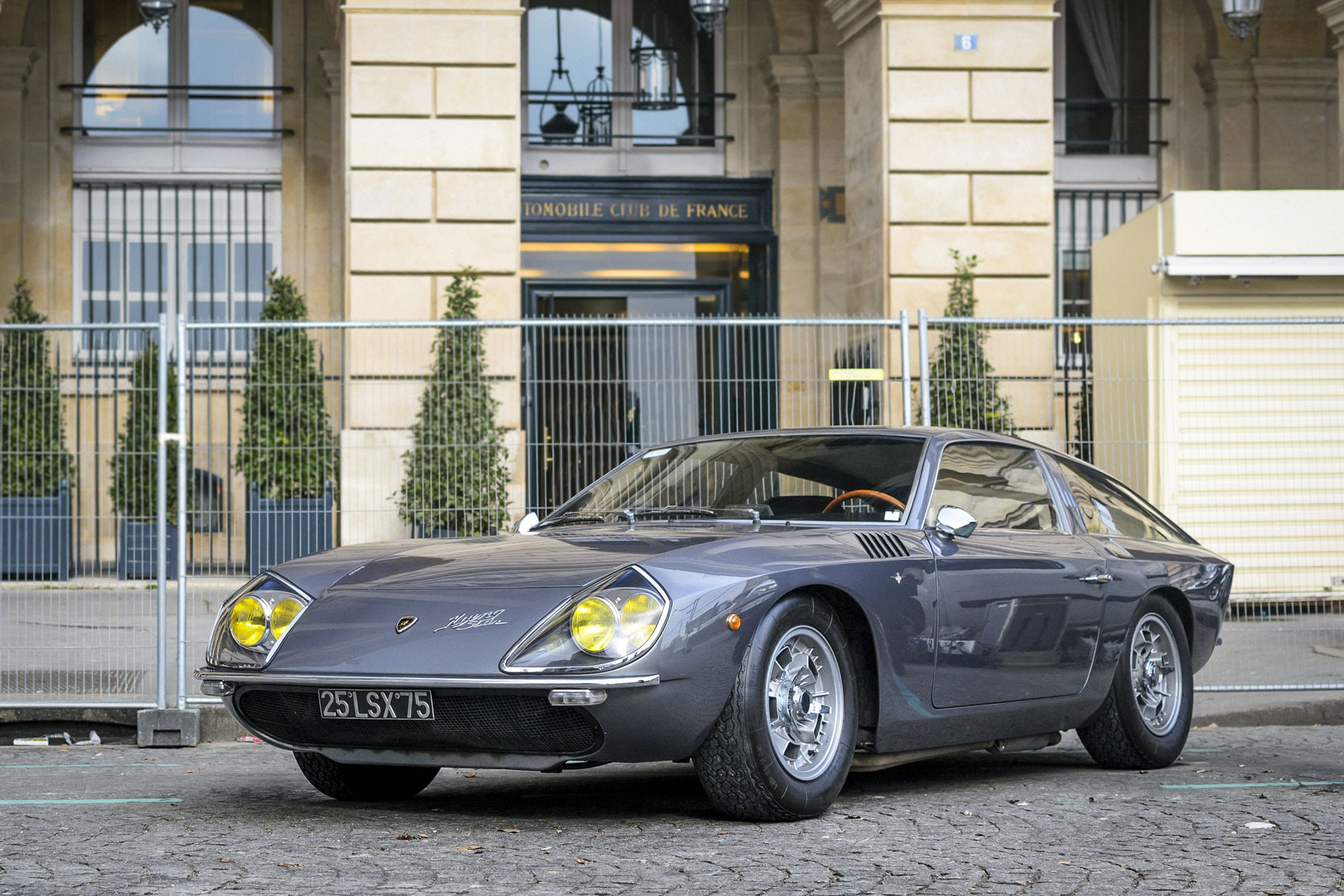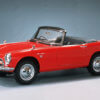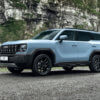### Lamborghini Flying Star II A one-of-a-kind shooting brake from 1966, the work of the Milanese Carrozzeria Touring Superleggera. The name, like a spaceship from a science-fiction film, actually refers to pre-war custom roadsters on the Isotta Fraschini and Alfa Romeo platforms.
LamborghiniThe basis of the Flying Star II was the chassis of the Lamborghini 400 GT gran tourer, extended by ten centimeters. It also comes with a 3.9-liter V12, five-speed manual transmission and independent suspension. Notice how miniature the “star” is: it is slightly more compact than the Kia Rio sedan.
Lamborghini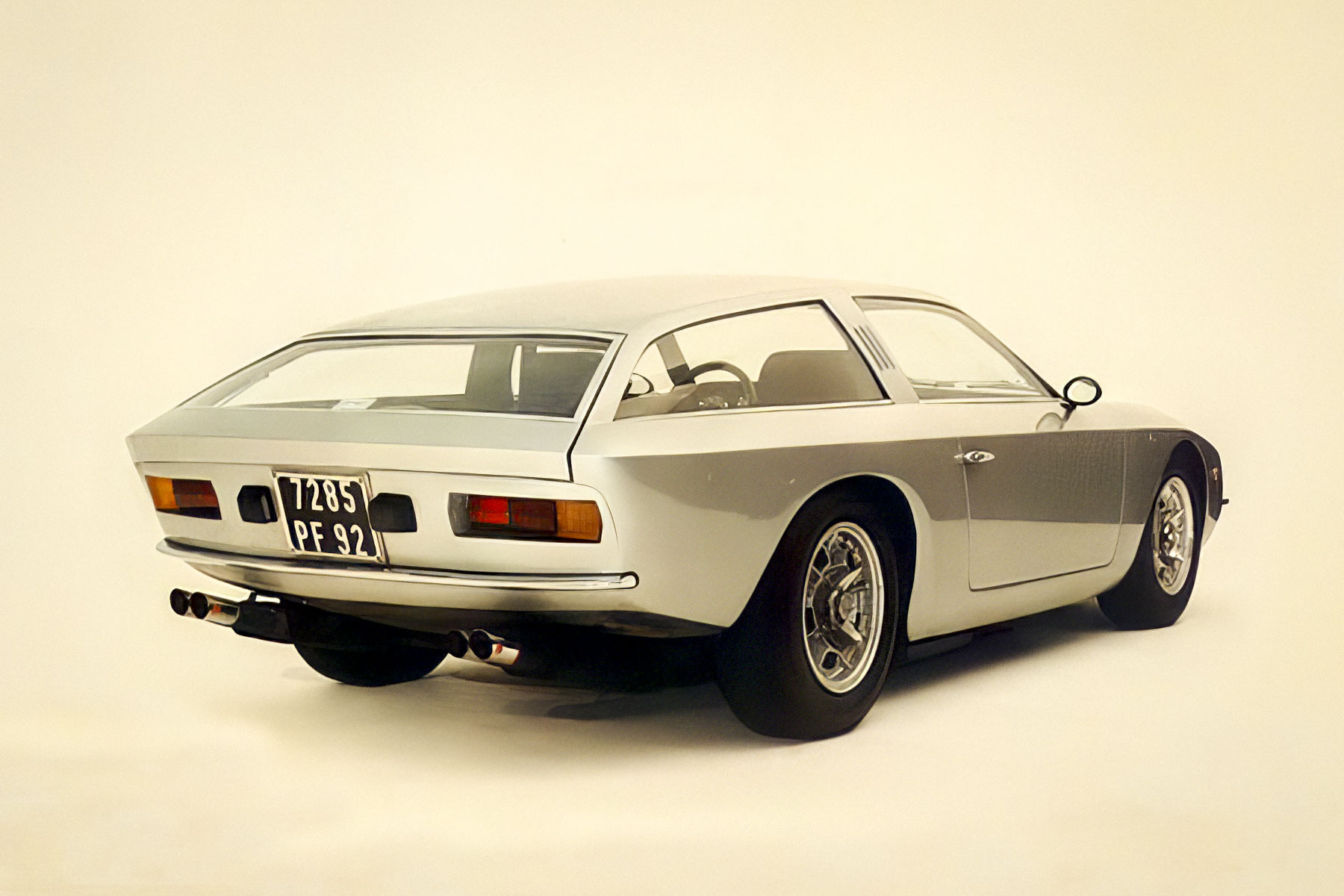 ### Lamborghini 400 GT Monza At approximately the same time, Giorgio Neri and Luciano Bonacini rolled out a luxurious coupe with factory units. They were no strangers to the supercar business – they ran a respected firm in Modena, specialized in Ferrari and Maserati racing cars, helped Lamborghini build the first prototype and initially supplied it with the chassis.
### Lamborghini 400 GT Monza At approximately the same time, Giorgio Neri and Luciano Bonacini rolled out a luxurious coupe with factory units. They were no strangers to the supercar business – they ran a respected firm in Modena, specialized in Ferrari and Maserati racing cars, helped Lamborghini build the first prototype and initially supplied it with the chassis.
Lamborghini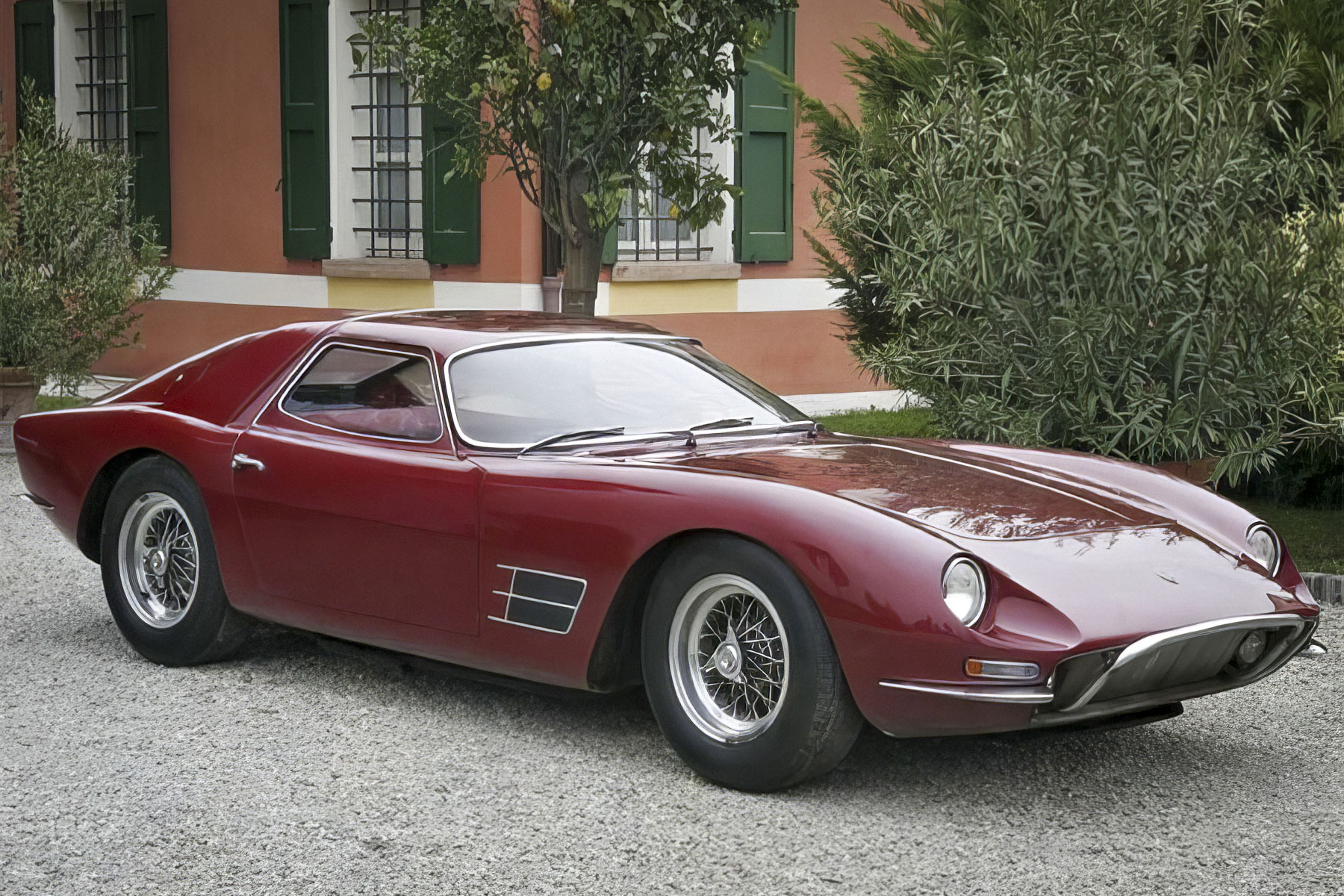 The Monza is a combination of the platform from the 350 GT and a 3.9-liter 12-cylinder engine borrowed from the 400 GT. The body is handcrafted from aluminum. According to rumors, the car was built for a certain American customer. He wanted to take part in the 24 Hours of Le Mans, but due to problems with the homologation of the car he never took the start line. However, soon a Spanish enthusiast found himself behind the wheel and was able to quench his thirst for speed at various themed events. Around 1970, the grand tourer was anchored in a garage and lost for decades. In 2005, it was sold at Bonhams for £177,500.
The Monza is a combination of the platform from the 350 GT and a 3.9-liter 12-cylinder engine borrowed from the 400 GT. The body is handcrafted from aluminum. According to rumors, the car was built for a certain American customer. He wanted to take part in the 24 Hours of Le Mans, but due to problems with the homologation of the car he never took the start line. However, soon a Spanish enthusiast found himself behind the wheel and was able to quench his thirst for speed at various themed events. Around 1970, the grand tourer was anchored in a garage and lost for decades. In 2005, it was sold at Bonhams for £177,500.
Lamborghini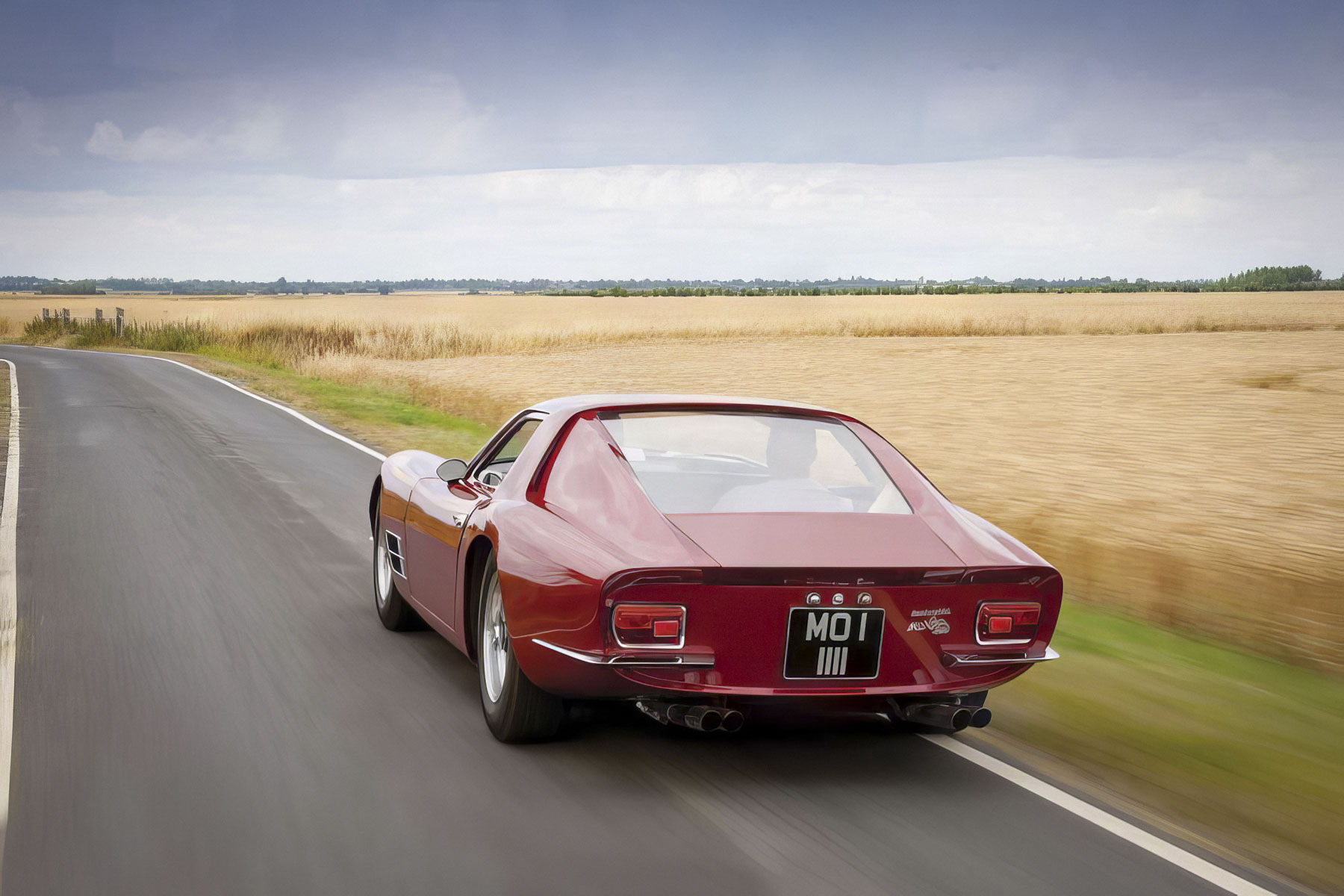 ### Lamborghini Marzal In the second half of the sixties, European design gurus began experimenting with futuristic wedge-shaped styling. One of the founders of the trend is the exotic Marzal from Bertone. Transparent sidewalls, lifting gull-wing doors, a flat front with six headlights for greater resemblance to a spaceship… The world did not know anything like that at that time!
### Lamborghini Marzal In the second half of the sixties, European design gurus began experimenting with futuristic wedge-shaped styling. One of the founders of the trend is the exotic Marzal from Bertone. Transparent sidewalls, lifting gull-wing doors, a flat front with six headlights for greater resemblance to a spaceship… The world did not know anything like that at that time!
Lamborghini The project is intended as a preview of a full-fledged four-seater model. The ideas embodied in it were soon reflected in the Lamborghini Espada. True, the Marzal is powered by a two-liter inline-six, while the Espada is armed with a 3.9-liter V12. The long hood is a deception. In fact, the power plant is located transversely behind the rear axle.
The project is intended as a preview of a full-fledged four-seater model. The ideas embodied in it were soon reflected in the Lamborghini Espada. True, the Marzal is powered by a two-liter inline-six, while the Espada is armed with a 3.9-liter V12. The long hood is a deception. In fact, the power plant is located transversely behind the rear axle.
Lamborghini ### Lamborghini Bravo Strict and faceted, devoid of even a hint of “visual noise,” the brainchild of Marcello Gandini from Bertone is a fantasy about the successor to the mid-engine Lamborghini Urraco. A platform with a wheelbase reduced by 175 mm was taken from the latter. The aluminum V-shaped “eight” with a volume of 3.0 liters (300 hp) stands transversely, as on the Urraco.
### Lamborghini Bravo Strict and faceted, devoid of even a hint of “visual noise,” the brainchild of Marcello Gandini from Bertone is a fantasy about the successor to the mid-engine Lamborghini Urraco. A platform with a wheelbase reduced by 175 mm was taken from the latter. The aluminum V-shaped “eight” with a volume of 3.0 liters (300 hp) stands transversely, as on the Urraco.
Lamborghini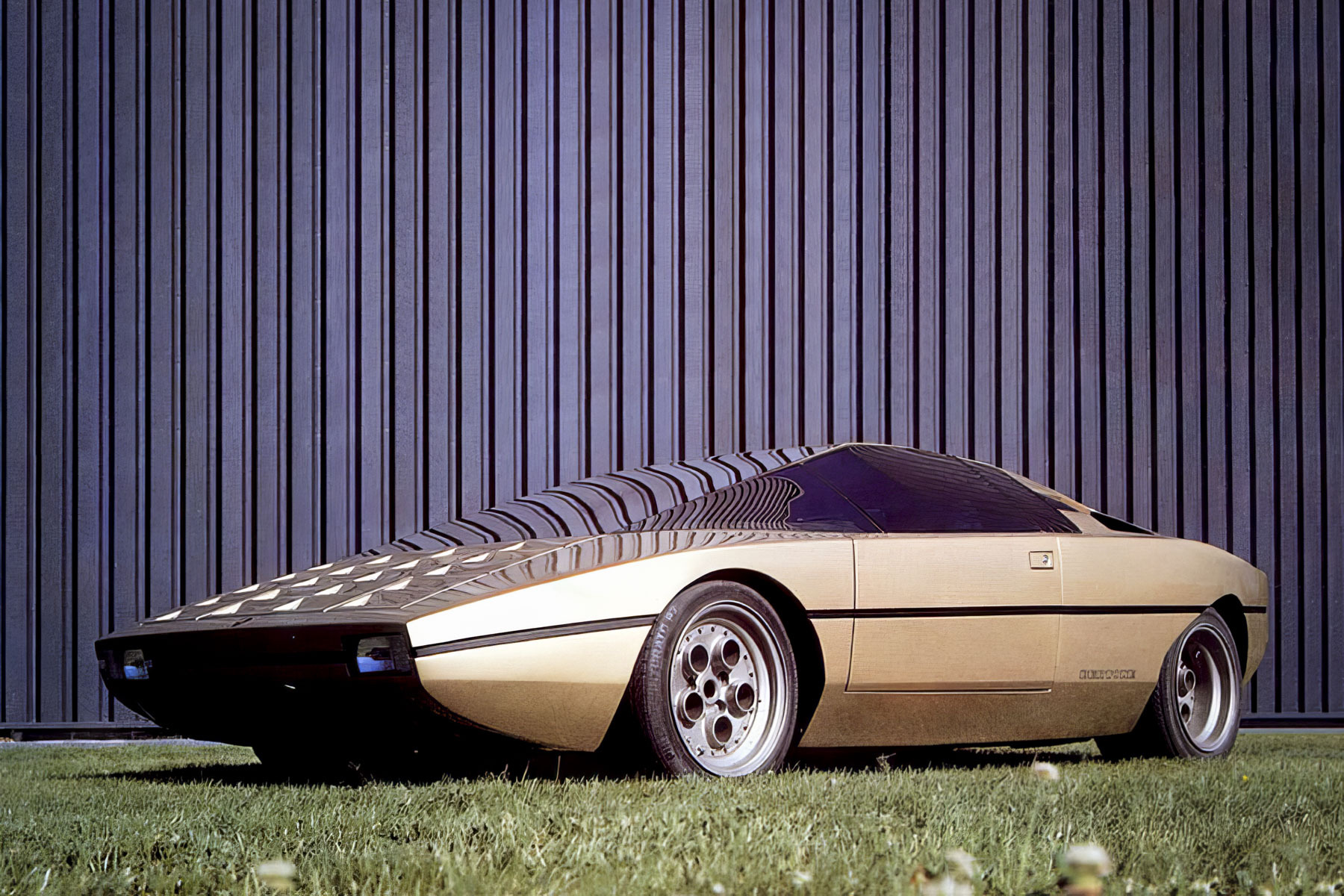 The overly radical creativity of the artists never materialized in road cars, but some motifs were later borrowed for the foppish Lamborghini Silhouette targa with a similar silhouette. You can read more about Bravo [в этой статье](https://motor.ru/stories/bravo.htm).
The overly radical creativity of the artists never materialized in road cars, but some motifs were later borrowed for the foppish Lamborghini Silhouette targa with a similar silhouette. You can read more about Bravo [в этой статье](https://motor.ru/stories/bravo.htm).
Lamborghini ### Lamborghini Faena Station wagon-like Lambo? It sounds surreal, but such a masterpiece is known to history: in the late seventies it was built by bodybuilder Pietro Frua with an eye to one-piece production. The starting point was the Espada Series II. It took eight months to build. It turned out, honestly, very well!
### Lamborghini Faena Station wagon-like Lambo? It sounds surreal, but such a masterpiece is known to history: in the late seventies it was built by bodybuilder Pietro Frua with an eye to one-piece production. The starting point was the Espada Series II. It took eight months to build. It turned out, honestly, very well!
Lamborghini Frankenstein with a platform extended by 178 mm, an extra pair of doors and two additional centners of mass creates the illusion of a five-meter tourer, although the distance from bumper to bumper is approximately the same as that of a modern Volkswagen Tiguan. It’s a pity that it did not find a response in the hearts of potential customers and remained in a single copy.
Frankenstein with a platform extended by 178 mm, an extra pair of doors and two additional centners of mass creates the illusion of a five-meter tourer, although the distance from bumper to bumper is approximately the same as that of a modern Volkswagen Tiguan. It’s a pity that it did not find a response in the hearts of potential customers and remained in a single copy.
Lamborghini ### Lamborghini Athon What times, such concepts? Quite possible. In 1980, when the supercar maker was going through a difficult period, Bertone showed a controversial roadster designed by Marc Deschamps. What’s strange about it? Let’s start with the dimensions: the length is a ridiculous 3739 mm with a width of 1882 mm. Michelin tire sizes are 195/50VR15 at the front and 275/40VR15 at the rear. For comparison, the top-end Countachs have 225/50R15 and 345/35R15, respectively.
### Lamborghini Athon What times, such concepts? Quite possible. In 1980, when the supercar maker was going through a difficult period, Bertone showed a controversial roadster designed by Marc Deschamps. What’s strange about it? Let’s start with the dimensions: the length is a ridiculous 3739 mm with a width of 1882 mm. Michelin tire sizes are 195/50VR15 at the front and 275/40VR15 at the rear. For comparison, the top-end Countachs have 225/50R15 and 345/35R15, respectively.
Lamborghini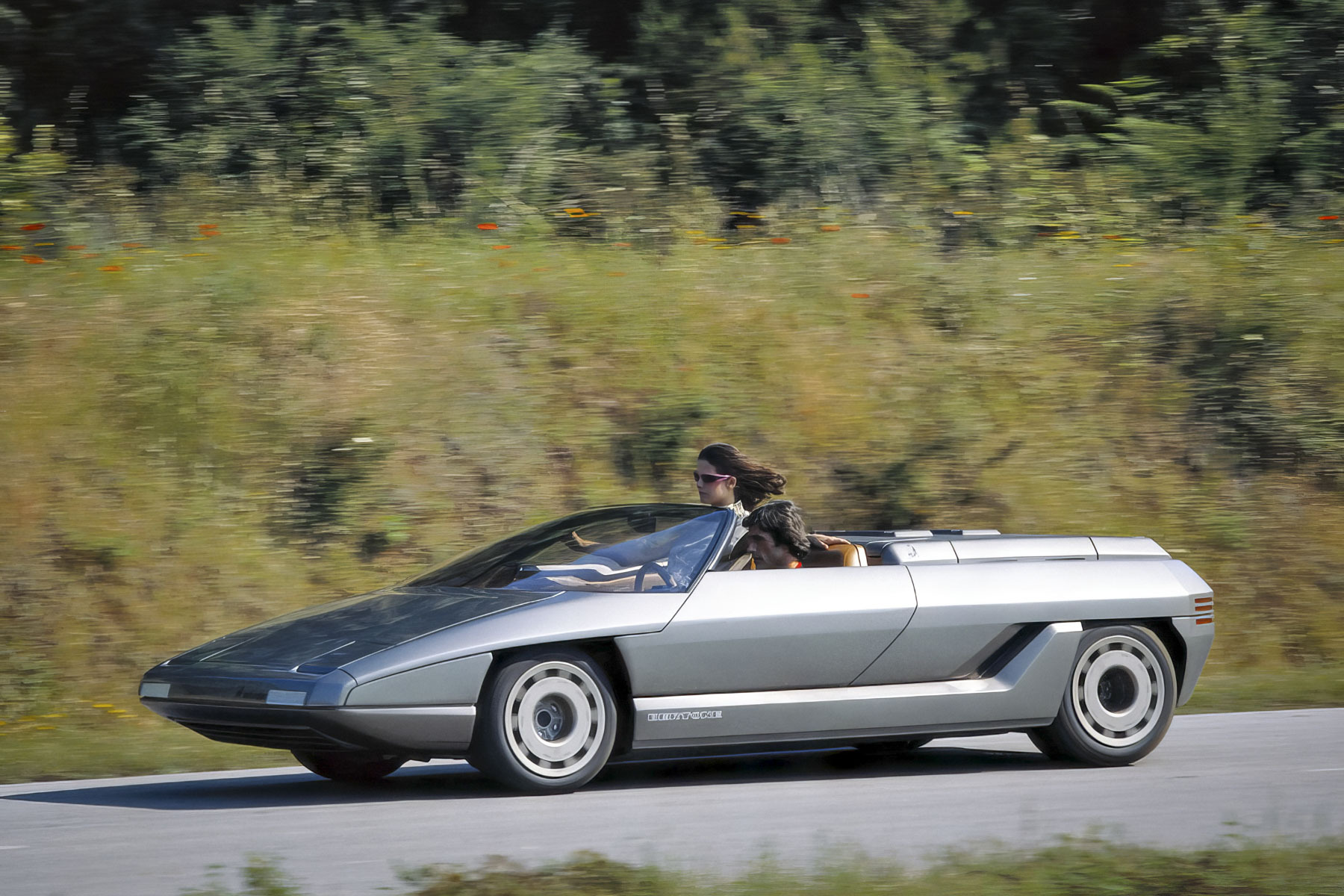 The three-liter V8 (264 hp) from Lamborghini Silhouette allows the “chisel” concept weighing a ton and a tail to reach 100 km/h within 7.5 seconds and reach over 270 km/h.
The three-liter V8 (264 hp) from Lamborghini Silhouette allows the “chisel” concept weighing a ton and a tail to reach 100 km/h within 7.5 seconds and reach over 270 km/h.
Thomas Kingshott ### Lamborghini Portofino Not all old Lambos bear the autograph of Italian ateliers. Thus, the 1987 Portofino sedan is the work of Chrysler artist Kevin Verdine. Which side of the American concern is this? Very simply, that’s when he took control of Lamborghini. And in 1994 he got rid of the asset, transferring it to Megatech. The body with the cabin shifted forward in the nineties would become the hallmark of Chrysler cars. And it hardly evokes associations with supercars from Sant’Agata Bolognese, despite the lift-up doors.
### Lamborghini Portofino Not all old Lambos bear the autograph of Italian ateliers. Thus, the 1987 Portofino sedan is the work of Chrysler artist Kevin Verdine. Which side of the American concern is this? Very simply, that’s when he took control of Lamborghini. And in 1994 he got rid of the asset, transferring it to Megatech. The body with the cabin shifted forward in the nineties would become the hallmark of Chrysler cars. And it hardly evokes associations with supercars from Sant’Agata Bolognese, despite the lift-up doors.
Chrysler Inside, everything is feng shui – the adapted architecture of the mid-engine Jalpa with a 3.5-liter V8 and a five-speed manual transmission. Yes, yes, this four-door has a power unit located behind the cabin!
Inside, everything is feng shui – the adapted architecture of the mid-engine Jalpa with a 3.5-liter V8 and a five-speed manual transmission. Yes, yes, this four-door has a power unit located behind the cabin!
Chrysler ### Bertone (Lamborghini) Genesis Atelier Bertone, a long-time partner of Lamborghini, created boldly and with broad strokes. At the end of the eighties, it built a unique minivan as a showcase of possibilities. It’s unlikely that anyone saw it as a hypothetical product model. Not at all – just a show, just a shock!
### Bertone (Lamborghini) Genesis Atelier Bertone, a long-time partner of Lamborghini, created boldly and with broad strokes. At the end of the eighties, it built a unique minivan as a showcase of possibilities. It’s unlikely that anyone saw it as a hypothetical product model. Not at all – just a show, just a shock!
Bertone Access to the front seats is provided by huge lifting doors integrated with the windshield. The rear ones are sliding. The aggregate part produces no less effect. The Genesis’s layout is classic, but the engine is not what you’d expect to find in a practical single-cab car. The 5.2-liter V12 (455 hp) with four valves per cylinder from the Countach Quattrovalvole rumbles up front. Power is transmitted to the rear wheels through a three-speed Chrysler automatic transmission.
Access to the front seats is provided by huge lifting doors integrated with the windshield. The rear ones are sliding. The aggregate part produces no less effect. The Genesis’s layout is classic, but the engine is not what you’d expect to find in a practical single-cab car. The 5.2-liter V12 (455 hp) with four valves per cylinder from the Countach Quattrovalvole rumbles up front. Power is transmitted to the rear wheels through a three-speed Chrysler automatic transmission.
Bertone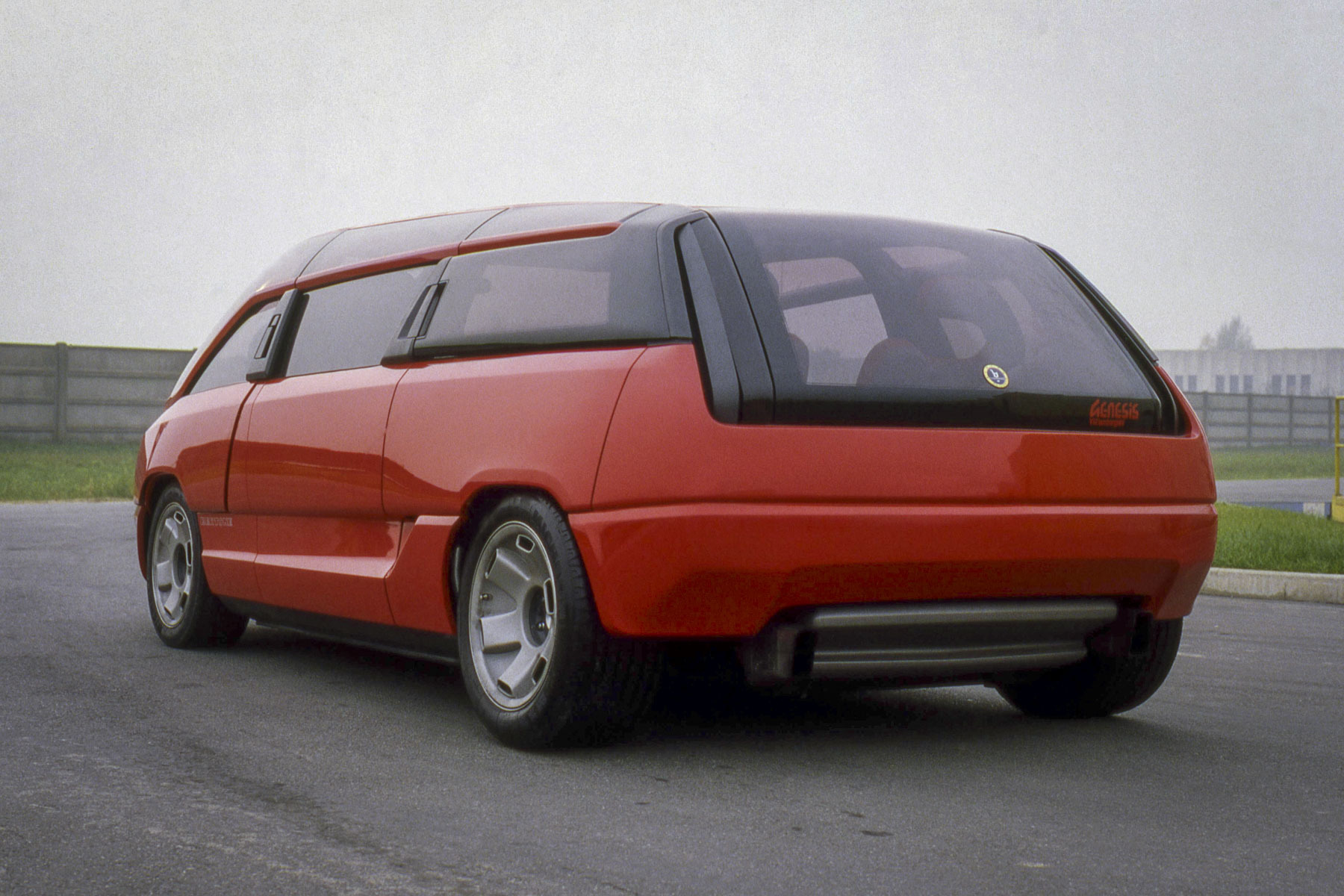 ### Lamborghini Calà The company launched the commercially successful, one might say mass-produced Gallardo in 2003, but the idea was hatched long before that significant moment and planned a successor to the Jalpa back in the mid-eighties. Alas, the project of a younger, more affordable super coupe with the designation P140 was canceled by Chrysler managers. There was a glimmer of hope when Lamborghini was owned by Megatech businessmen. True, the 1995 Calà concept was based on the same platform from the P140 with a specific and not optimal layout – the gearbox was hidden under the V10 engine.
### Lamborghini Calà The company launched the commercially successful, one might say mass-produced Gallardo in 2003, but the idea was hatched long before that significant moment and planned a successor to the Jalpa back in the mid-eighties. Alas, the project of a younger, more affordable super coupe with the designation P140 was canceled by Chrysler managers. There was a glimmer of hope when Lamborghini was owned by Megatech businessmen. True, the 1995 Calà concept was based on the same platform from the P140 with a specific and not optimal layout – the gearbox was hidden under the V10 engine.
Lamborghini The chic look by Giorgetto Giugiaro (Italdesign) created a sensation. The performance was also encouraging: a 400-horsepower 4.0-liter engine, acceleration to hundreds in about five seconds, a top speed of over 290 km/h. The idea was not brought to its logical serial completion due to lack of funds. However, there was a silver lining: during that period, we managed to establish contacts with Audi, which soon bought Lamborghini.
The chic look by Giorgetto Giugiaro (Italdesign) created a sensation. The performance was also encouraging: a 400-horsepower 4.0-liter engine, acceleration to hundreds in about five seconds, a top speed of over 290 km/h. The idea was not brought to its logical serial completion due to lack of funds. However, there was a silver lining: during that period, we managed to establish contacts with Audi, which soon bought Lamborghini.
Lamborghini ### Lamborghini Raptor Is the Raptor a super version of Ford pickups and SUVs? Not only! This is the name of the one-of-a-kind 1996 Lambo from Zagato. Under the carbon body are the all-wheel drive Lamborghini Diablo units and a tubular spatial “cage”. Raptor was created in the shortest possible time. It took less than four months to bring it to full readiness under the watchful eye of chief artist Nori Harada.
### Lamborghini Raptor Is the Raptor a super version of Ford pickups and SUVs? Not only! This is the name of the one-of-a-kind 1996 Lambo from Zagato. Under the carbon body are the all-wheel drive Lamborghini Diablo units and a tubular spatial “cage”. Raptor was created in the shortest possible time. It took less than four months to bring it to full readiness under the watchful eye of chief artist Nori Harada.
Lamborghini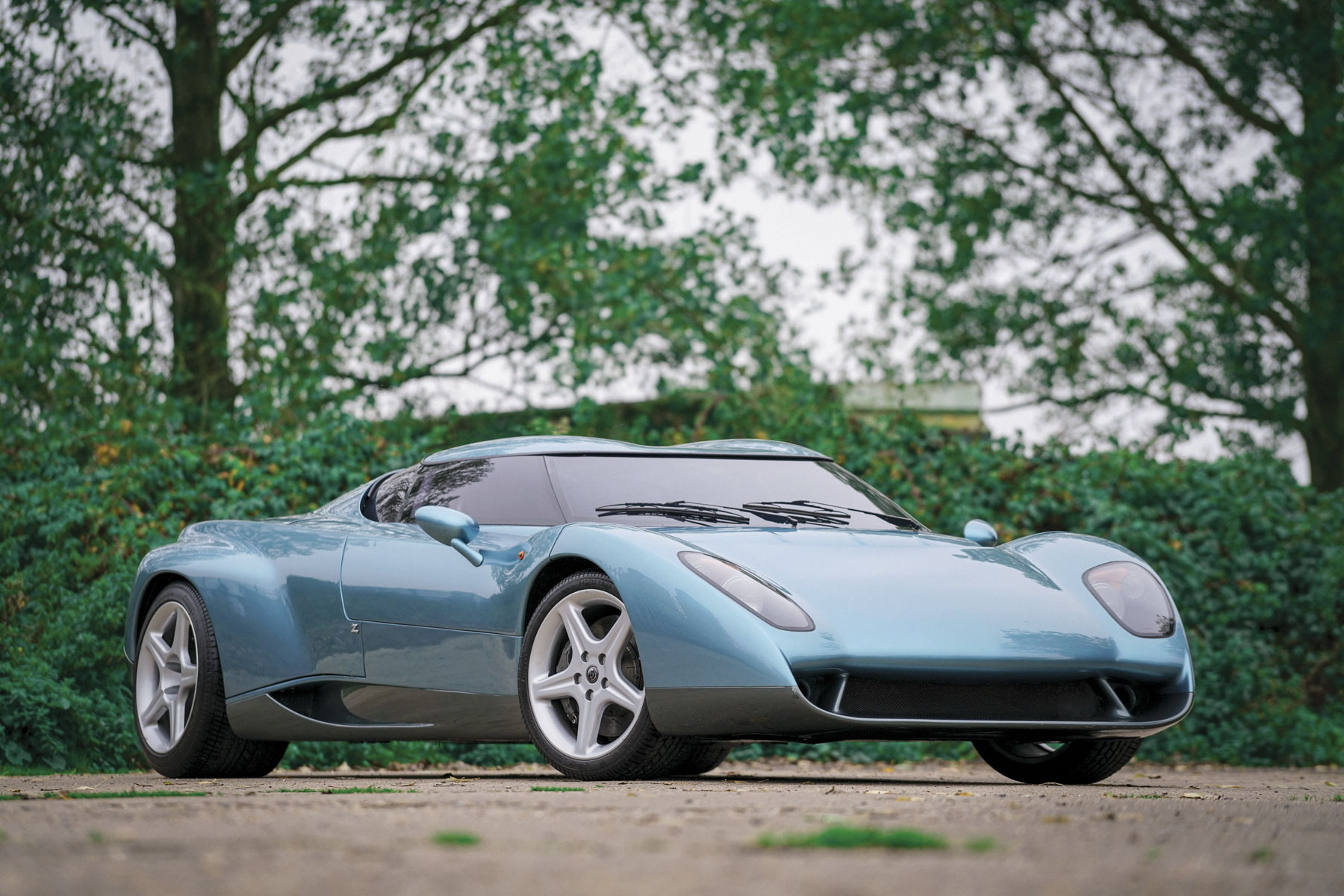 The supercar is interesting due to its lifting cab hood, magnesium wheels, gutted interior and lack of safety electronic systems. It doesn’t have anti-lock brakes or traction control. The intensive “diet” reduced the weight more than significantly – by as much as 300 kg. Hence the fierce dynamics: up to a hundred in less than four seconds and a top speed of over 320 km/h.
The supercar is interesting due to its lifting cab hood, magnesium wheels, gutted interior and lack of safety electronic systems. It doesn’t have anti-lock brakes or traction control. The intensive “diet” reduced the weight more than significantly – by as much as 300 kg. Hence the fierce dynamics: up to a hundred in less than four seconds and a top speed of over 320 km/h.
Scott Pattenden/RM Sotheby’s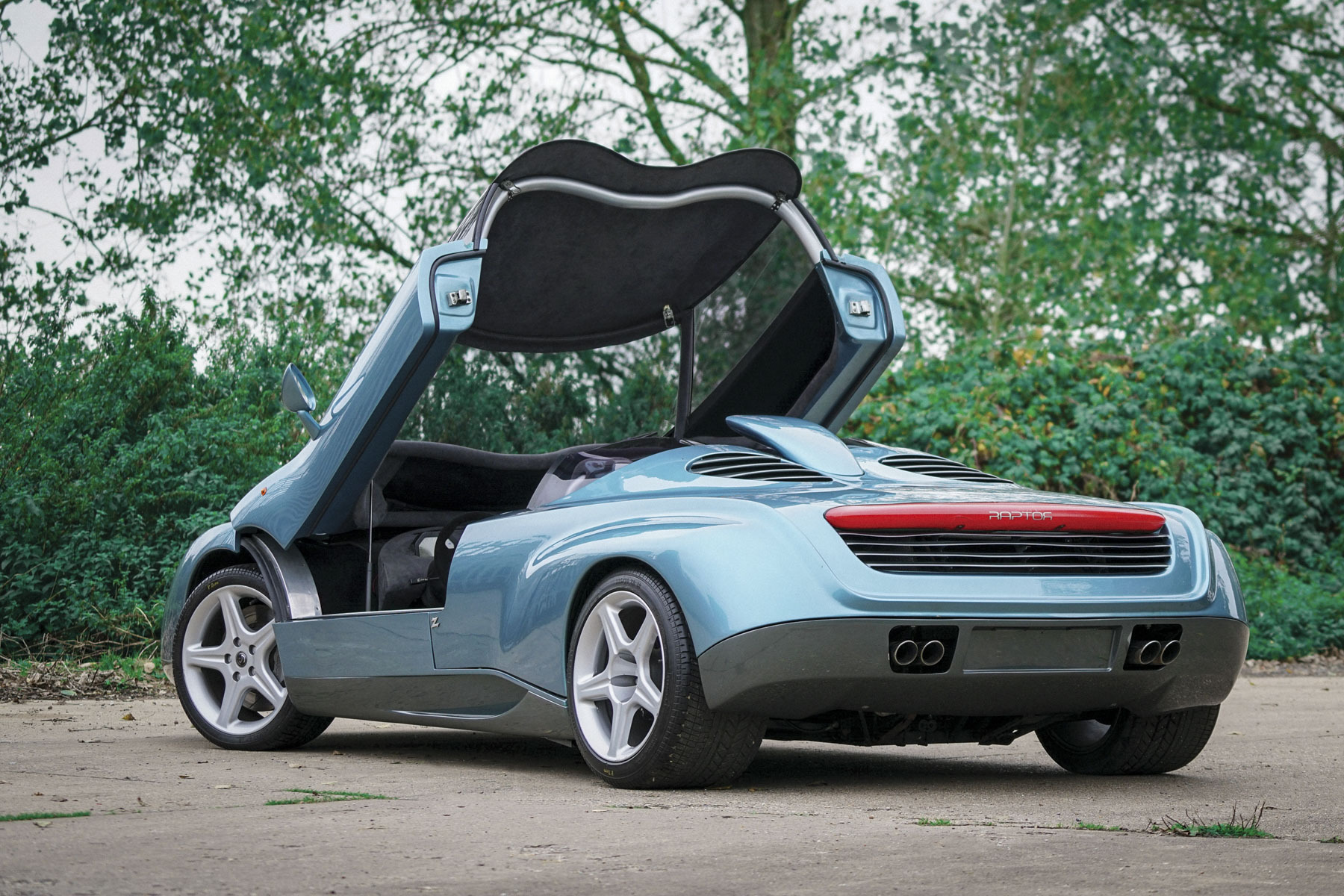 ### Lamborghini Miura Stylist Walter de Silva left a bright mark on the history of the Volkswagen Group. He didn’t work on road Lamborghinis, but he did work on show cars. Thus, the maestro’s track record includes the reincarnation of the classic Miura coupe. Exploitation of the past, to be honest. But the performance is exemplary – the sports car would look great as a small-scale gift for fans.
### Lamborghini Miura Stylist Walter de Silva left a bright mark on the history of the Volkswagen Group. He didn’t work on road Lamborghinis, but he did work on show cars. Thus, the maestro’s track record includes the reincarnation of the classic Miura coupe. Exploitation of the past, to be honest. But the performance is exemplary – the sports car would look great as a small-scale gift for fans.
Lamborghini Unfortunately, the head of the brand, Stefan Winkelmann, put an end to the idea: “Miura was a celebration of our history, but Lamborghini is the future. Retro design isn’t what we’re here for. That’s why we won’t make Miura.” Meanwhile, building it was not difficult, since it was based on the Murcielago chassis with a V12 engine.
Unfortunately, the head of the brand, Stefan Winkelmann, put an end to the idea: “Miura was a celebration of our history, but Lamborghini is the future. Retro design isn’t what we’re here for. That’s why we won’t make Miura.” Meanwhile, building it was not difficult, since it was based on the Murcielago chassis with a V12 engine.
Lamborghini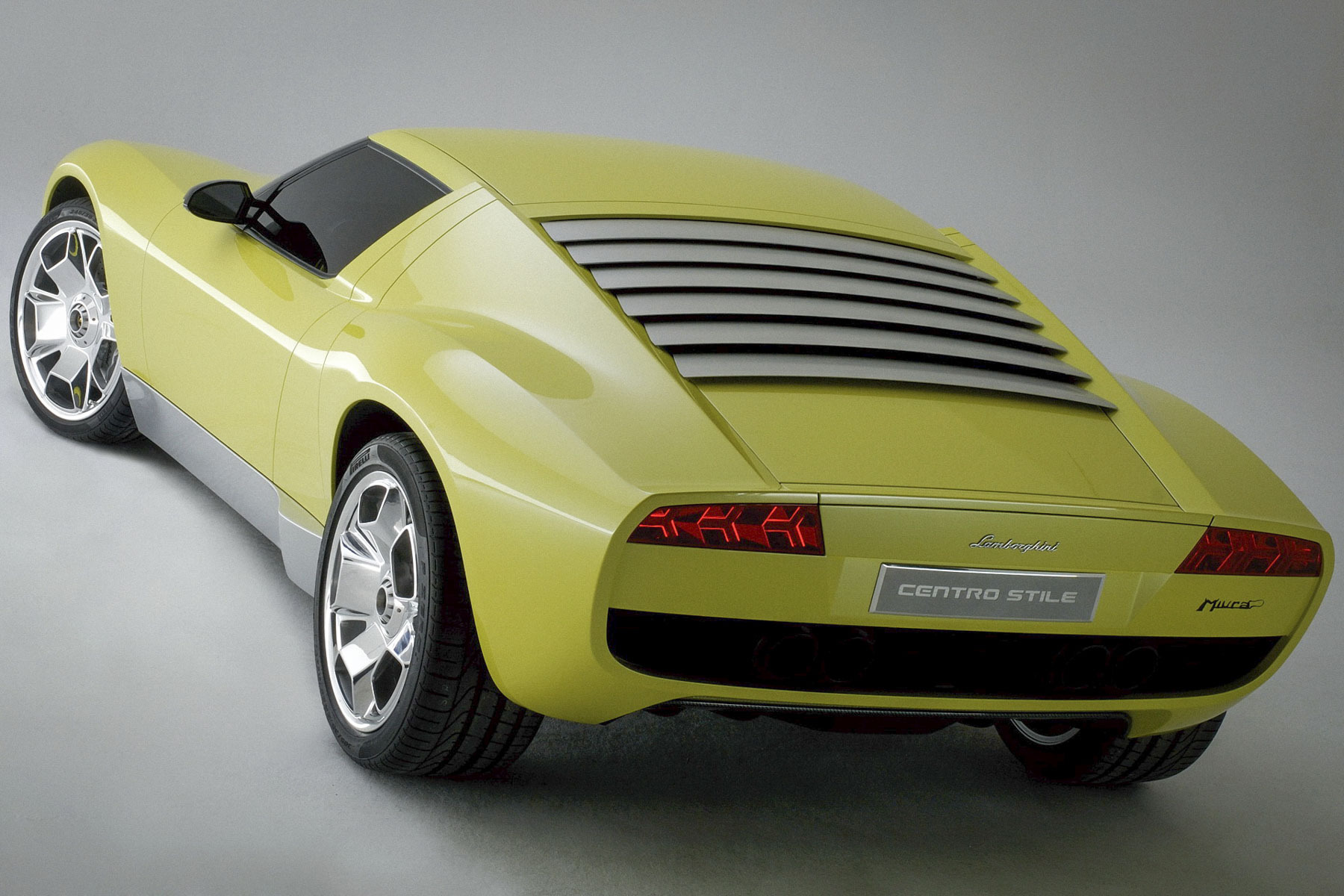 ### Lamborghini Estoque A luxury Lambo sedan over five meters long, with the genes and features of a supercar – a beautiful idea, but with a high degree of probability a dead end. Typical buyers of executive products usually want comfort and solidity, and not terry contradictory exoticism, fuss and roar. In addition, it is much more promising to concoct a crossover, which was clearly demonstrated by the successes of the Urus. As a result, the extravagant Estoque forever remained in the status of a concept, but certainly takes its rightful place in the company’s treasury.
### Lamborghini Estoque A luxury Lambo sedan over five meters long, with the genes and features of a supercar – a beautiful idea, but with a high degree of probability a dead end. Typical buyers of executive products usually want comfort and solidity, and not terry contradictory exoticism, fuss and roar. In addition, it is much more promising to concoct a crossover, which was clearly demonstrated by the successes of the Urus. As a result, the extravagant Estoque forever remained in the status of a concept, but certainly takes its rightful place in the company’s treasury.
Lamborghini The super sedan was presented at the 2008 Paris exhibition. The high-speed “ten” with a volume of 5.2 liters from the Gallardo LP 560-4 (supercharged V8s were also considered, including as part of a hybrid installation) realizes its potential through a seven-speed preselective “robot” with two clutches and an all-wheel drive system. The product option that never materialized was supposed to cost customers 230 thousand dollars.
The super sedan was presented at the 2008 Paris exhibition. The high-speed “ten” with a volume of 5.2 liters from the Gallardo LP 560-4 (supercharged V8s were also considered, including as part of a hybrid installation) realizes its potential through a seven-speed preselective “robot” with two clutches and an all-wheel drive system. The product option that never materialized was supposed to cost customers 230 thousand dollars.
Lamborghini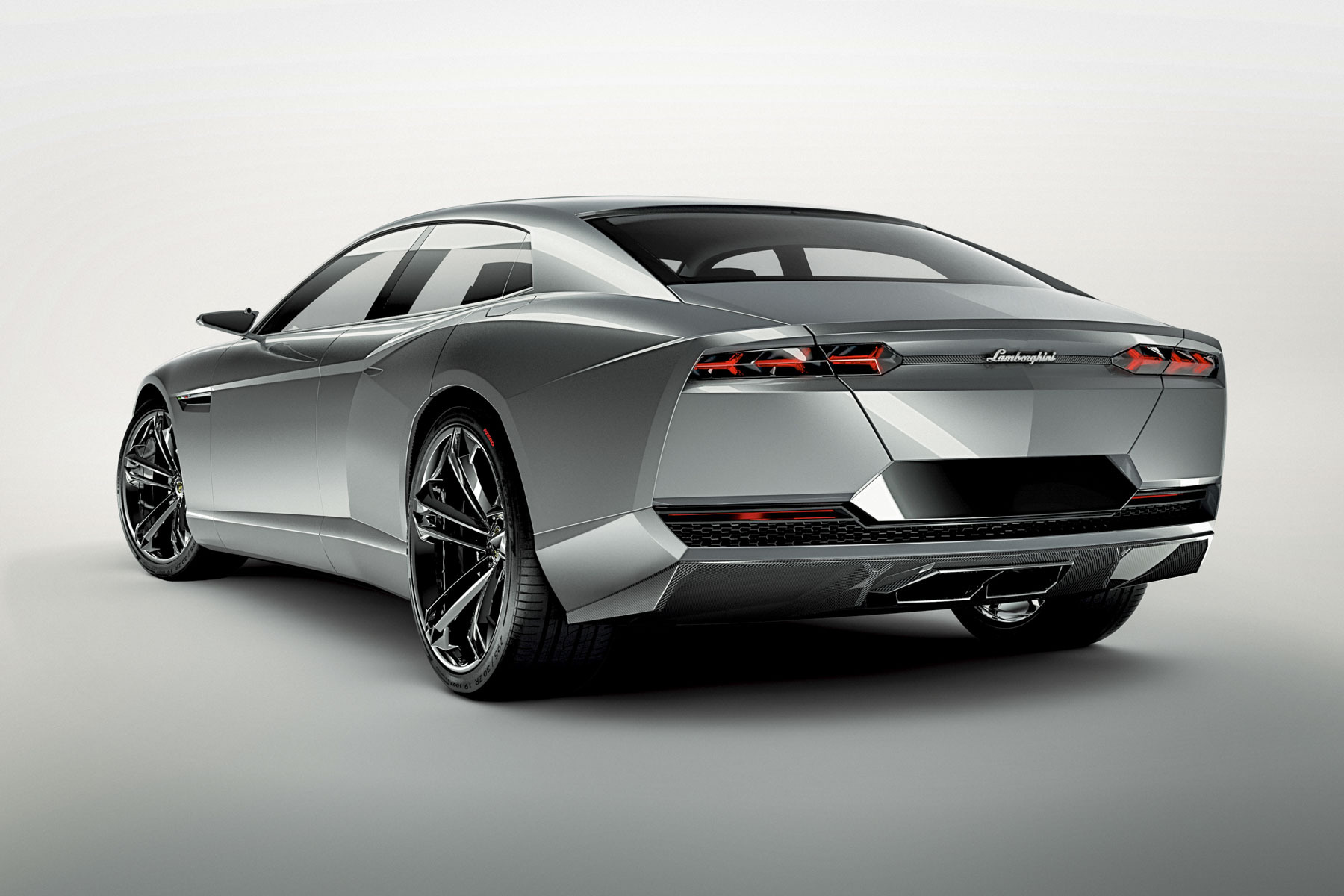 ### Lamborghini Egoista Ten years ago, the brand celebrated its half-century anniversary as an intermediate link between Formula 1 and a fighter without the slightest chance of a small-scale career. “This is a car designed for just one person to have fun and express their individuality to the fullest. It is exclusively for very sophisticated people who want only the most extreme and special things in the world. This is the personification of hedonism taken to the extreme, this is a car without compromise, in one word: “egoista” (selfish),” explained Walter de Silva.
### Lamborghini Egoista Ten years ago, the brand celebrated its half-century anniversary as an intermediate link between Formula 1 and a fighter without the slightest chance of a small-scale career. “This is a car designed for just one person to have fun and express their individuality to the fullest. It is exclusively for very sophisticated people who want only the most extreme and special things in the world. This is the personification of hedonism taken to the extreme, this is a car without compromise, in one word: “egoista” (selfish),” explained Walter de Silva.
Lamborghini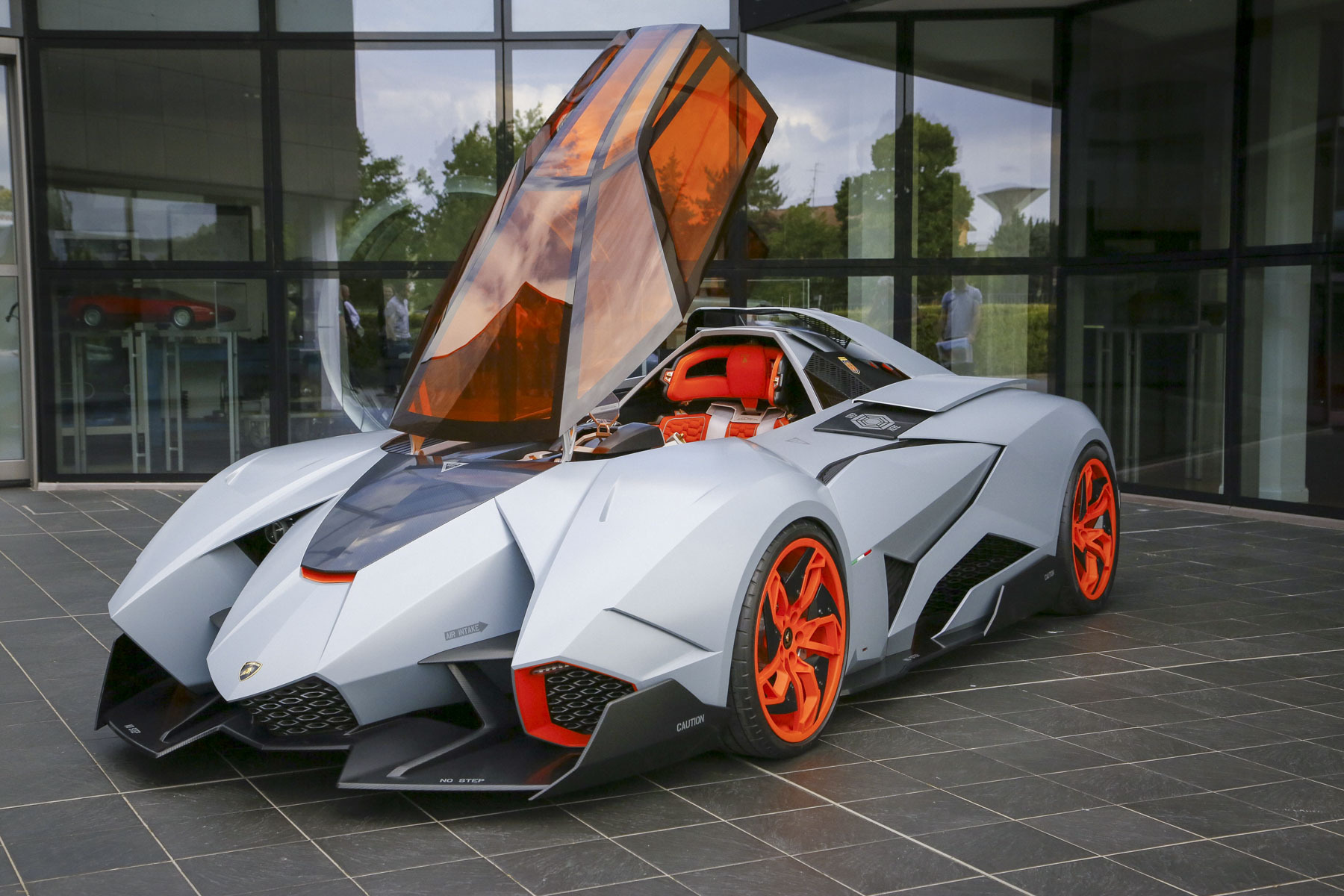 The complex plastics of the body are complemented by elements of active aerodynamics that do not spoil it. Engine – 5.2-liter V10 with 600 hp.
The complex plastics of the body are complemented by elements of active aerodynamics that do not spoil it. Engine – 5.2-liter V10 with 600 hp.
Lamborghini ### Lamborghini Terzo Millennio Some manufacturers try to look into the near future, but the Lamborghini concept, as the name suggests, invited us straight into the third millennium. And it’s not just a matter of styling a la monster from computer games. Terzo Millenio shows the possible development of battery technology and was developed jointly with the Massachusetts Institute of Technology.
### Lamborghini Terzo Millennio Some manufacturers try to look into the near future, but the Lamborghini concept, as the name suggests, invited us straight into the third millennium. And it’s not just a matter of styling a la monster from computer games. Terzo Millenio shows the possible development of battery technology and was developed jointly with the Massachusetts Institute of Technology.
Lamborghini The main engineering feature is supercapacitors instead of the usual traction batteries. They power the electric all-wheel drive system and, in particular, solve the problem of reduced efficiency during repeated charge-discharge cycles. Supercapacitors are integrated into a carbon fiber body, which actually acts as an energy storage device.
The main engineering feature is supercapacitors instead of the usual traction batteries. They power the electric all-wheel drive system and, in particular, solve the problem of reduced efficiency during repeated charge-discharge cycles. Supercapacitors are integrated into a carbon fiber body, which actually acts as an energy storage device.
Lamborghini
Another decade in Lamborghini history is behind us. It was a good time, with the commercially successful Urus crossover and the iconic mid-engined Huracan arriving, and the veteran Aventador passing the torch to the hybrid monster Revuelto. Plus a dizzying number of special versions. But we will not wash the side members of serial and low-volume models on the occasion of the anniversary, but rather we will go through show cars and the creations of bodybuilders. Let’s start with the origins, literally from the depths of centuries…
